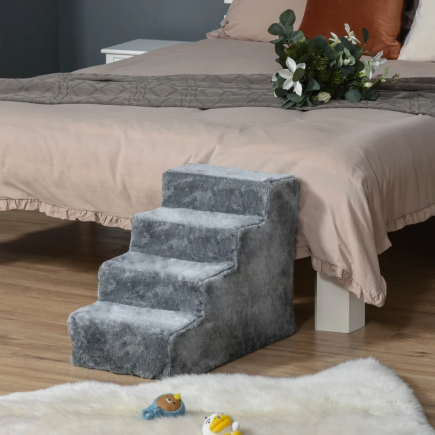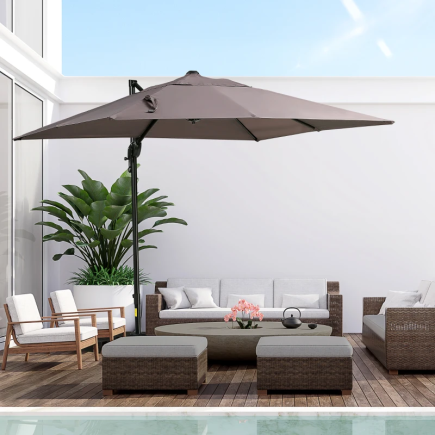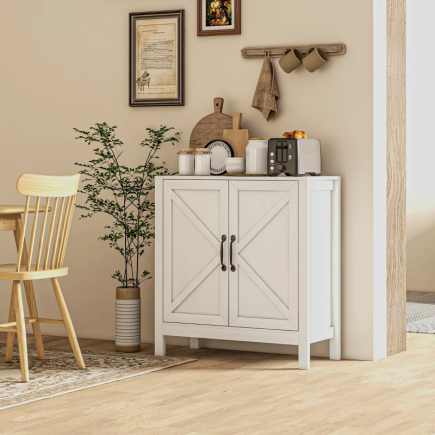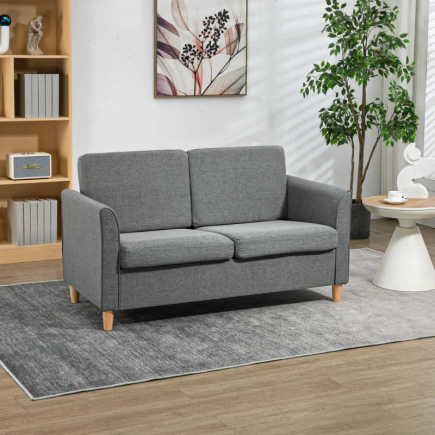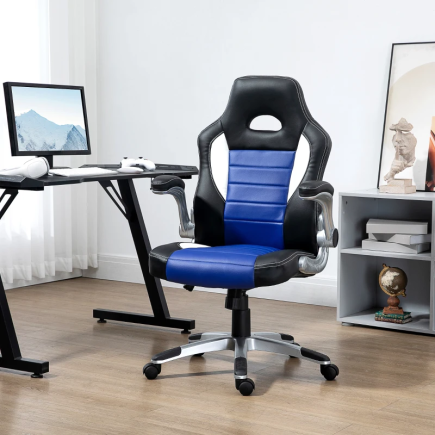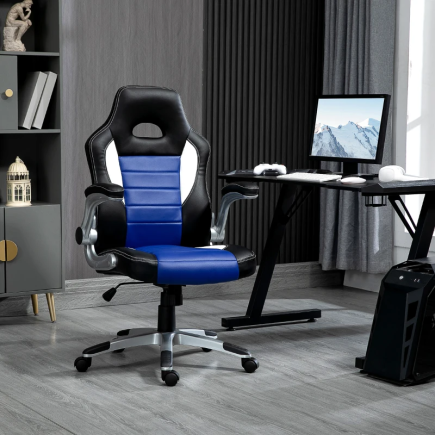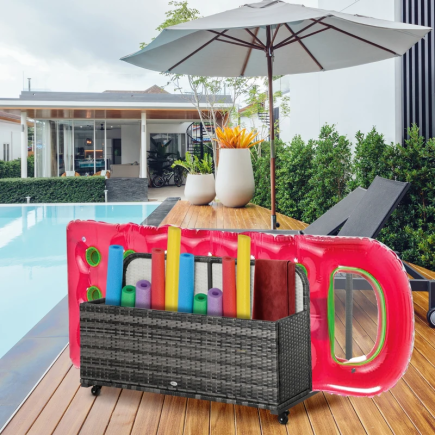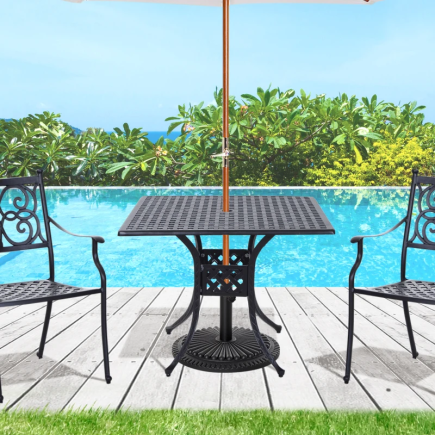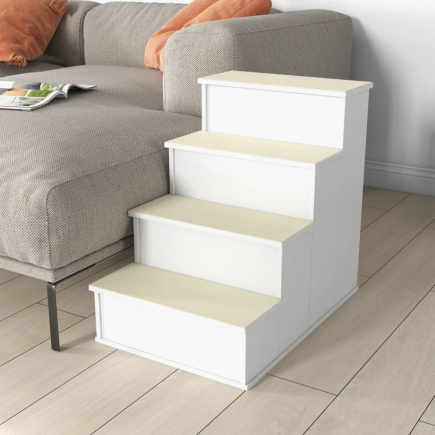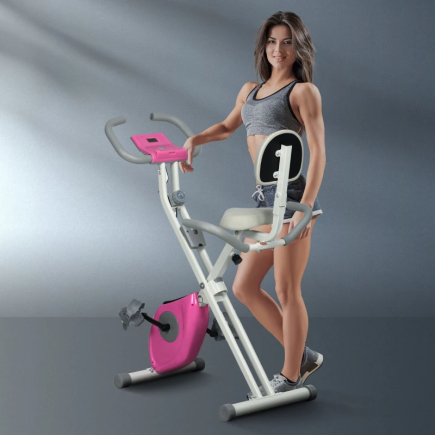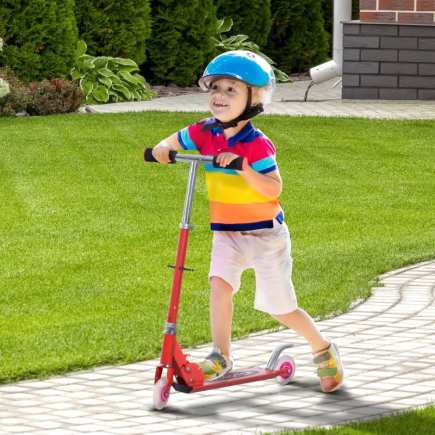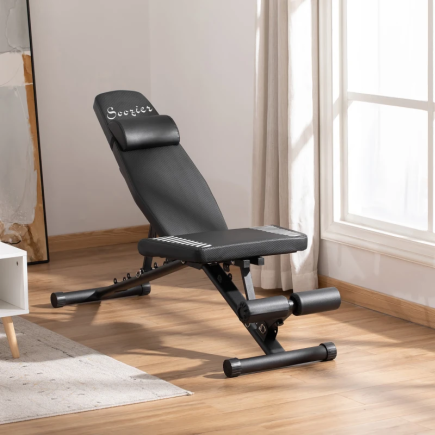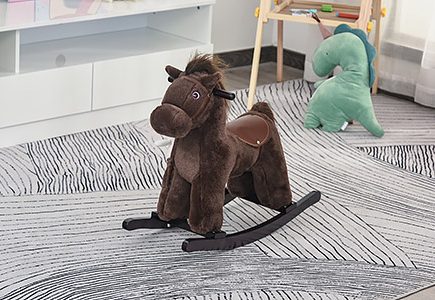
Enjoying a floating water mat is all about relaxation, but ensuring it stays in place is key to a safe and worry-free experience. Whether you’re lounging on a calm lake or drifting in a gentle river, anchoring your mat properly is crucial. This guide will walk you through simple, effective steps to securely anchor your water mat, share useful tips, and help you choose the best anchoring solution for a smooth, enjoyable time on the water.
Step-by-Step Guide to Anchoring a Floating Water Mat
1. Evaluate and Prepare the Anchoring Location
- Assess the Waterbed: Use a pole, stick, or paddle to gently test the bottom where you plan to anchor. Note whether it’s sand, mud, rock, or weed-covered. This helps in selecting the appropriate anchor type.
- Select a Safe Area: Avoid spots with heavy boat traffic, underwater obstacles, fast currents, or any areas prone to sudden depth changes or strong wind gusts. Choose a calm area, ideally near the shore but with enough space for safe movement.
- Check Water Depth: Measure the water depth where you plan to anchor, considering tidal fluctuations if near the coast. This will determine the required rope length and the anchor’s holding capacity.
2. Gather All Required Tools and Materials

- Choose Anchor(s): Pick the right anchor based on the environment:
- Fluke anchors work best in soft sand or mud.
- Grapnel or claw anchors are ideal for rocky or weed-covered beds.
- Ropes and Straps: Use marine-grade, weather-resistant ropes that are at least twice as long as the water depth to account for movement, tide changes, and potential slack.
- Hardware: Have carabiners, shackles, or hooks ready for easy rigging and unrigging.
3. Attach Anchors to the Mat

- Secure Rope to Mat: Thread the rope through the anchor point or around a sturdy part of the mat. Use a bowline or figure-eight knot for safety, ensuring a secure attachment.
- Double-Knot for Safety: Tie a backup knot or use a carabiner/clip for extra security, especially for larger mats or in busy waters. Consider using a reef knot in addition for added strength in windy conditions.
4. Set the Anchors

- Lower the Anchor Gently: Never toss the anchor into the water. Gently lower it to avoid tangling the rope and ensure a proper set.
- Set Anchor in Substrate: For sand or mud, push or twist the anchor into the bed to ensure a firm grip. For rocky bottoms, make sure the anchor hooks onto a solid object and doesn’t slip.
- Avoid Shifting: Ensure the anchor is positioned in a way that prevents it from moving when tides or currents change.
5. Adjust Rope Length and Tension
- Leave Room for Slack: Allow a little slack in the rope to accommodate the natural movement of the mat with the waves, but not so much that the mat drifts far or gets loose. Too much slack can cause the anchor to drag.
- Check for Snags: Before tightening, make sure the rope is clear of sharp rocks, debris, or any other obstacles that could fray or cut it over time.
6. Test the Hold and Stability
- Gentle Test Pull: Stand on the mat and gently pull or rock it to test the anchor’s grip. Apply gradual tension to avoid sudden jerks that could disrupt the anchor’s position.
- Observe Movement: Let the mat float under normal wave or wind conditions for a few minutes to check if there is any unwanted drifting. Ensure it remains in a stable position after adjustments.
7. Secure Multiple Anchors for Larger Mats or Rough Conditions
- Place Additional Anchors: For mats longer than 10 feet, or when winds or currents are present, consider attaching a second anchor at the opposite end, or even a third on the side, for additional stability.
- Distribute Evenly: Position multiple anchors at diagonal or opposite ends to distribute the tension evenly across the mat, minimizing stress on any single point and ensuring more stability
8. Final Checks and Adjustments

- Inspect Knots and Hardware: Double-check all knots, ties, and hardware before use. Ensure all knots are secure and have not slipped. Re-adjust if you find any slack, looseness, or potential weak points.
- Add Flags or Floats to Ropes: Attach a visible float or small flag to anchor lines to increase visibility for swimmers or boaters, ensuring the area is clearly marked to avoid accidental entanglement.
10. Anchoring in Saltwater vs. Freshwater
Saltwater Considerations
- Rust and Corrosion: Saltwater is much more corrosive than freshwater, so be sure to use rust-resistant equipment, such as stainless steel hardware and marine-grade ropes, to prolong the life of your anchor system.
Freshwater Considerations
- Mud and Debris: In freshwater lakes or ponds, there may be more mud and organic debris that could affect your anchor’s performance. Consider a heavier or more substantial anchor to account for these conditions.
Types of Anchoring Solutions
Choosing the right anchor is essential for keeping your floating mat stable. Here are the most practical and commonly used options:
Sand Anchors

- Use For: Sandy beaches, lakeshores, and shallow water.
- How To Use: Push or bury the anchor’s flukes deep into the sand, then attach the rope securely to your mat.
- Pros: Lightweight, easy to install, works well in sand.
- Cons: Not suitable for rocky or muddy ground.
Water Anchor Bags

- Use For: Calm lakes and ponds.
- How To Use: Fill the bag with water, attach it to the mat’s anchor point, and gently lower it.
- Pros: Portable, simple, affordable.
- Cons: Doesn’t hold well in currents or deep water.
Permanent In-Ground Anchors

- Use For: Docks or fixed locations.
- How To Use: Install the anchor securely on shore or dock, then run a rope from the mat to the anchor point.
- Pros: Very secure and long-lasting.
- Cons: Not movable, requires installation.
Anchor Like a Pro and Relax in Confidence
Anchoring a Floating Water Mat doesn’t need to be complicated. With the correct tools, a practical anchoring method, and proper preparation, you can enjoy uninterrupted fun and safety on the water. Follow these steps, and your water mat will stay precisely where you want it, letting you relax and float without worry.
FAQs
1. What if my floating mat keeps drifting despite using an anchor?
Drifting happens when the anchor weight is insufficient or when placed in an unsuitable substrate. Upgrade to a heavier anchor, ensure the rope is taut, and pick a better location with stable ground (e.g., packed sand instead of loose vegetation).
2. Can I use household items as anchors?
Yes, DIY anchoring solutions like sandbags, cinder blocks, or water barrels can work in calm conditions. However, these options offer less reliability and stability compared to purpose-built anchors designed for water use.
3. What’s the ideal water depth for anchoring a mat?
For recreational floating mats, water depths of 3-10 feet are ideal. Depths beyond 10 feet often require longer ropes and heavy-duty anchors to account for greater drag and force.
4. How often should I inspect my anchoring system?
Inspect all components, including anchor, ropes, straps, and attachment points, before and after each use. Replace any worn or damaged parts immediately to prevent unwanted drifting or equipment failure.

